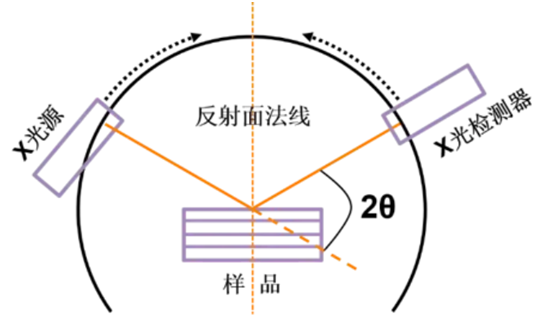
- Home
- >
- News
- >
- About XRD Instrument
- >
About XRD Instrument
2024-06-19 00:00The essential components of an X-ray diffractometer include an X-ray generator and an X-ray detector. When the incident X-ray is directed at the sample surface, the X-ray detector is positioned in accordance with the diffraction law to simultaneously record the intensity and diffraction angle θ. The crystal plane where X-ray diffraction occurs is always parallel to the sample surface.

It is important to note that the X-ray source generated by the X generator emits a multitude of X-rays with varying wavelengths. Therefore, in order to ensure measurement accuracy, modern X-ray diffractometer often incorporate monochromators or filters between the sample and the X-ray detector to obtain high-quality diffraction patterns.

The choice of X-ray wavelength is greatly influenced by the target material of the X-ray generator, with commonly used targets including Cu, Co, Fe, Cr, Mo, and W. The Cu target is widely suitable for most samples except those containing Cu and Fe due to its high stability and compatibility. For testing Fe samples, the Co target with a monochromator and the Fe target with a filter are recommended. The Cr target also offers excellent compatibility for testing most samples. The Mo target is particularly suitable for quantitative analysis of austenite due to its specific wavelength. Lastly, the W target provides continuous X-ray intensity and is often utilized for Laue photography of single crystals.
